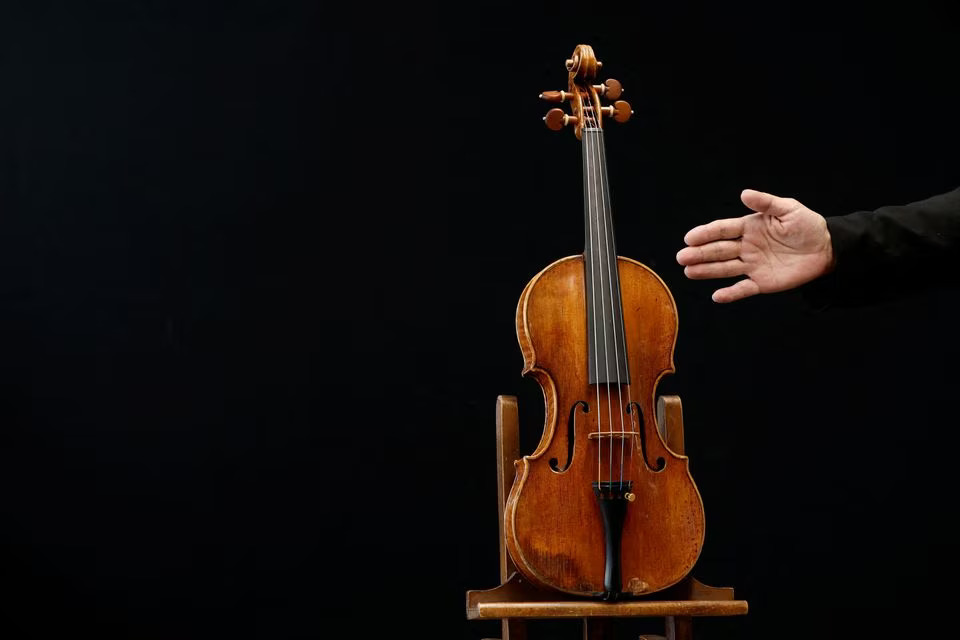The violin is a stringed musical instrument that has been revered for its beautiful and expressive sound for centuries. It is an integral part of classical music and has been used in various genres of music, including jazz, folk, and rock. In this essay, we will explore the history of the violin, its design and construction, its role in classical music, and its impact on music as a whole.
The history of the violin dates back to the early 16th century when the first violins were constructed in Italy. Andrea Amati, a luthier from Cremona, is credited with creating the first violin in the mid-16th century. The violin quickly gained popularity among musicians and became an important instrument in orchestral music. The design of the violin has remained largely unchanged since its inception, with minor modifications made over time to improve its sound and playability.
The violin has a unique shape, with a hollow body made of wood and four strings that are stretched over a bridge. The strings are made of steel or gut and are tuned to the notes G, D, A, and E. The violin is played with a bow, which is made of wood and horsehair. The bow is drawn across the strings, causing them to vibrate and produce sound. The musician can change the pitch and tone of the sound by pressing their fingers on the strings in different places, known as fingering.
One of the most important aspects of the violin's design is the soundboard, also known as the top plate. The soundboard is made of spruce wood and is responsible for amplifying the sound of the strings. It is carefully carved and shaped to produce a rich and resonant tone. The back and sides of the violin are typically made of maple wood, which is chosen for its hardness and durability.
The violin has played a significant role in classical music since its inception. It is an essential instrument in orchestral music and is often featured in solo performances. Many famous composers, including Mozart, Beethoven, and Brahms, have written pieces specifically for the violin. The violin is also a popular instrument in chamber music, where it is often paired with the cello, viola, and piano.
One of the most famous violinists of all time is Niccolo Paganini, who was known for his virtuosic playing and his ability to push the limits of what was thought possible on the violin. He was a pioneer in the use of techniques such as double stops and harmonics, which have become standard in violin playing today. Other famous violinists include Itzhak Perlman, Jascha Heifetz, and Joshua Bell, who have all made significant contributions to the world of classical music.
The violin has also had a significant impact on music outside of the classical genre. It has been used in various forms of popular music, including jazz, folk, and rock. In jazz, the violin is often used as a solo instrument, and has been played by musicians such as Stephane Grappelli and Jean-Luc Ponty. In folk music, the violin is a staple instrument in many cultures, including Irish and Scottish music. In rock music, the violin has been used by bands such as Led Zeppelin and Kansas, who incorporated it into their music to create a unique sound.
In conclusion, the violin is a beautiful and expressive musical instrument that has played a significant role in music for centuries. Its design and construction have remained largely unchanged since its inception, with minor modifications made over time to improve its sound and playability. The violin's popularity in classical music has led to its widespread use in orchestras and solo performances, and it has inspired countless composers to write pieces specifically for the instrument. The violin has also had an impact on popular music, where it has been used in a variety of genres to create unique and memorable sounds. Overall, the violin is a testament to the enduring power of music and the human desire for beauty and expression.

lEqMVvHAWB
lEqMVvHAWB
NPmbkGDR